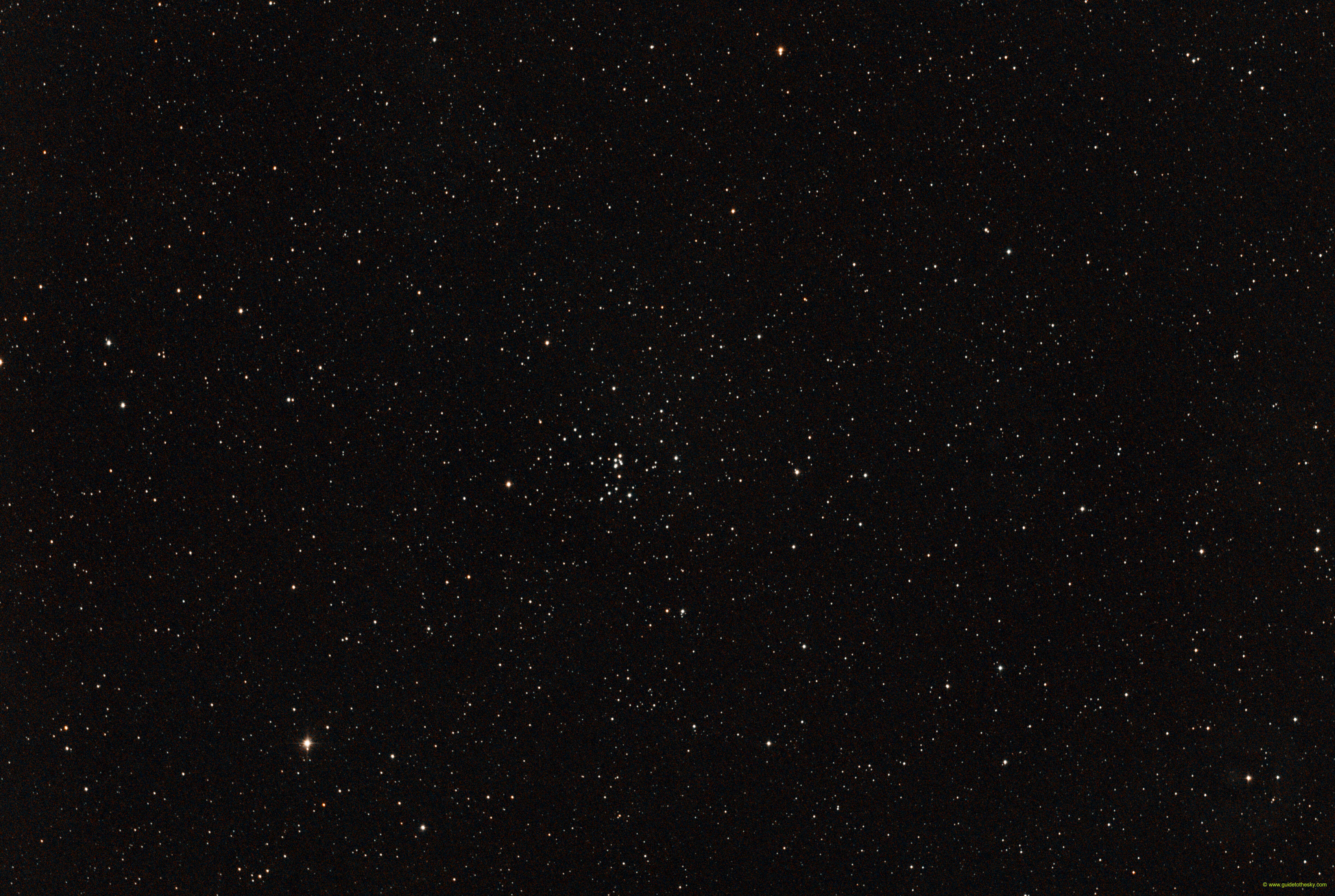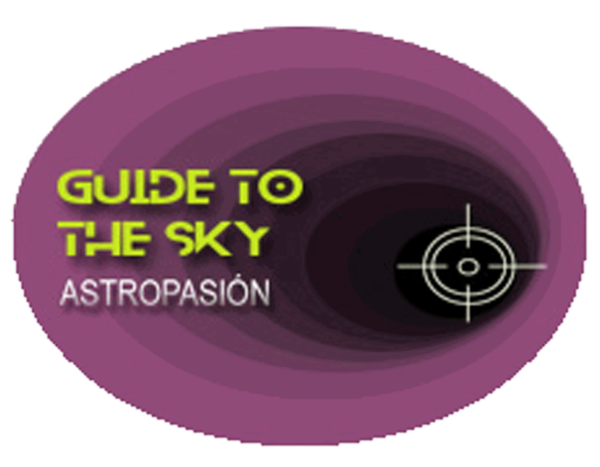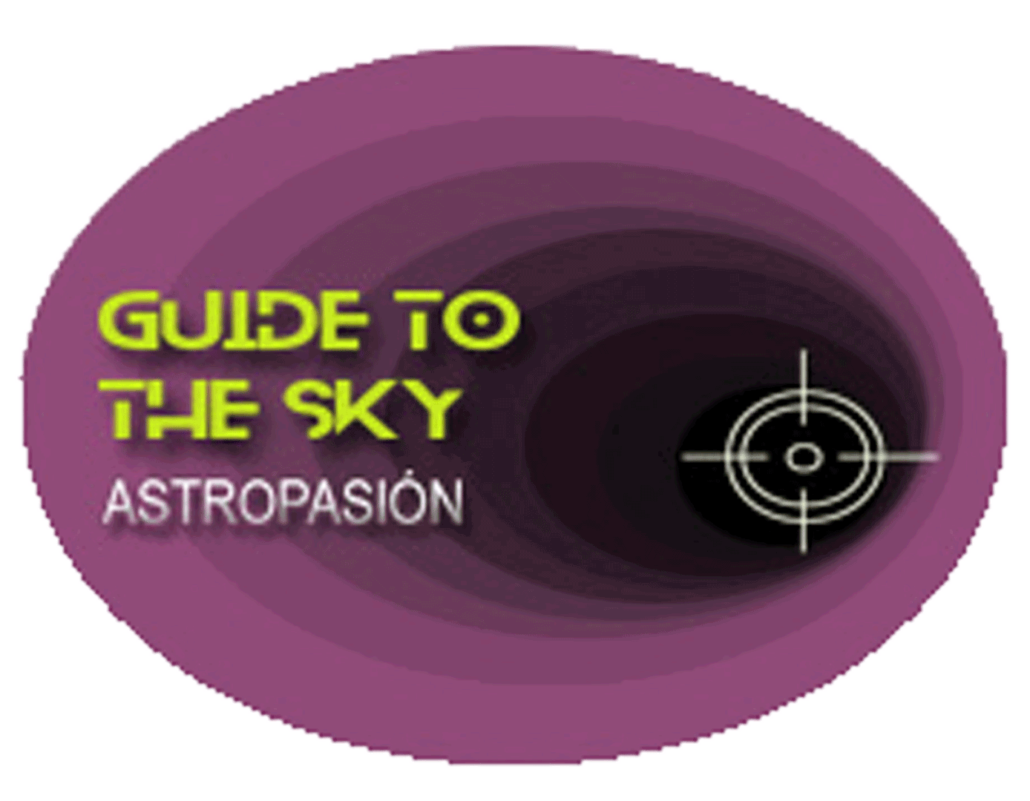NGC 2281 - Auriga
Cúmulo del corazón roto

Exp: 13m 40s
NGC 2281 es un cúmulo abierto en la constelación de Auriga, El Cochero.
De la {{ object[0].NGC2281.visualMagnitude}} magnitud, tiene una forma un tanto compleja, llama la atención un romdo de estrellas de la 9 o 10 magnitud cerca del centro, tambiés es llamativaa la variedad de color en algunas de sus componentes, principalmente blancas y azules, pero también podemos ver algunas rojas.
NGC 2281 dista de nosotrsos {{ object[0].NGC2281.mesDistances[0].dist }} {{ object[0].NGC2281.mesDistances[0].unit }}, y está formado por estrellas principalmente de la 8ª y 9º magnitud.
De la {{ object[0].NGC2281.visualMagnitude}} magnitud, tiene una forma un tanto compleja, llama la atención un romdo de estrellas de la 9 o 10 magnitud cerca del centro, tambiés es llamativaa la variedad de color en algunas de sus componentes, principalmente blancas y azules, pero también podemos ver algunas rojas.
NGC 2281 dista de nosotrsos {{ object[0].NGC2281.mesDistances[0].dist }} {{ object[0].NGC2281.mesDistances[0].unit }}, y está formado por estrellas principalmente de la 8ª y 9º magnitud.
NGC2281 - Cúmulo del corazón roto - en la IA
NGC 2281 is a fascinating object! Here's a breakdown of what it is and what makes it interesting:
What is NGC 2281?
- Type: Open Cluster (also known as a Galactic Cluster)
- Location: Constellation Auriga (The Charioteer)
- Distance: Approximately 4,870 light-years from Earth
- Age: Estimated to be around 350 million years old
Key Features and Characteristics:
- Appearance: A relatively bright and sparse open cluster. It's easy to spot with binoculars or a small telescope, appearing as a hazy patch of light with a few brighter stars resolved within it.
- Star Composition: Contains a mix of stars, including some brighter, evolved stars that have moved off the main sequence. The cluster is thought to contain around 600 stars.
- Structure: While relatively sparse, it exhibits some concentration toward the center, which is typical of open clusters.
- Location in the Galaxy: It resides within the Milky Way's disk.
Observing NGC 2281:
- Best Time to Observe: Autumn and winter months are ideal as Auriga is higher in the night sky during those times.
- Equipment:
- Binoculars: Will reveal it as a faint, nebulous patch.
- Small Telescope (4-inch or larger): Will resolve several of the brighter stars within the cluster and show more detail.
- Larger Telescope: Will reveal more of the fainter stars in the cluster.
- Observing Tips:
- Find a dark sky location away from city lights for the best view.
- Use low to medium magnification to see the entire cluster within the field of view.
Why is it interesting?
- Open Cluster Study: NGC 2281, like other open clusters, is valuable for studying stellar evolution. Because the stars in a cluster formed around the same time from the same material, astronomers can use them to test theories about how stars age and change.
- Distance and Age Determination: Studying the color and brightness of the stars allows astronomers to estimate the cluster's distance and age.
- Beautiful Object: Even for casual observers, it's a pleasant object to view, providing a glimpse into the vastness and beauty of our galaxy.
In summary, NGC 2281 is a relatively young open cluster in Auriga that offers a rewarding observing experience for amateur astronomers and a valuable subject for scientific study.
Más información sobre NGC 2281 en NASA/IPAC.
Mapa alrededor de NGC 2281
Otros identificadores de NGC2281:
"[KC2019] Theia 635","C 0645+411" ,"NGC 2281" ,"[KPR2004b] 111" ,"HR 2496" ,"[KPS2012] MWSC 0989",

